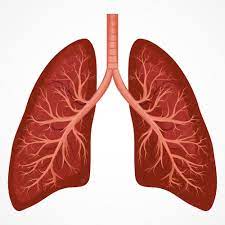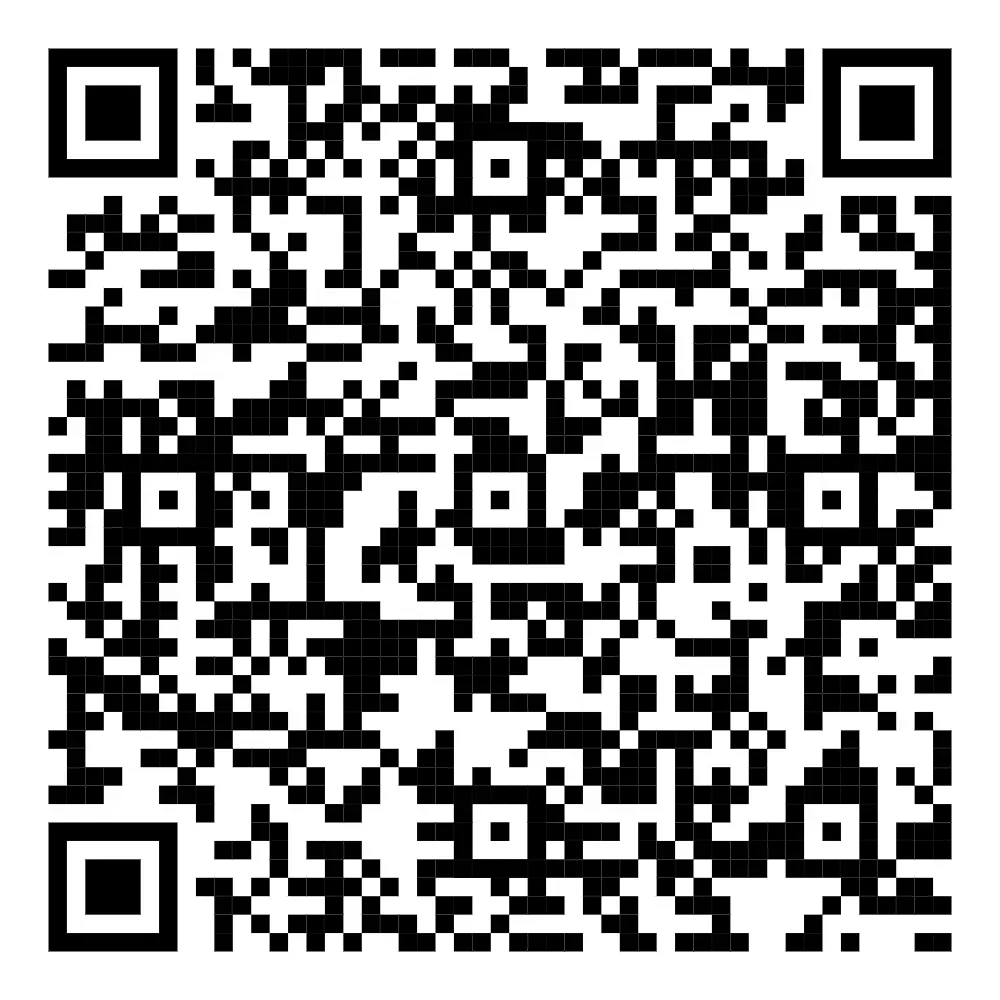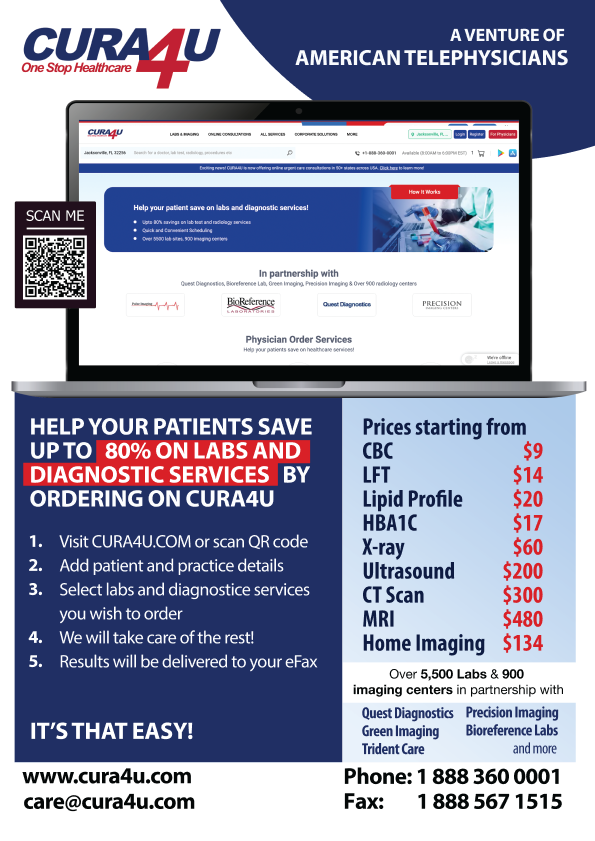What to Expect?
The doctor will explain the technique and potential risks prior to obtaining your signed consent. This is the time to ask any specific questions that you may have.
A nurse will go over your medical history and medication use. An intravenous line (IV) will be placed to deliver any medicines during the procedure. Monitors will be placed to continually check your blood pressure, heart rate and oxygen level during the procedure. An oxygen mask or nasal tubing will also be placed to provide you with additional oxygen.
You will be given sedative medicines and potentially numbing gels or sprays prior to the procedure.
After you are sedated, the doctor will insert the bronchoscope through your mouth or nose into the lung. If there are signs of discomfort, a member of the team will administer additional medications until you are comfortable. The bronchoscopy usually takes about 30-45 minutes.
Understanding the Results
After the procedure, your doctor may discuss the findings of the bronchoscopy and future healthcare plans with you. However, because of the effect of the sedation medications, you may not remember all the details. It is always a recommended to have the doctor speak to your family member or healthcare advocate regarding results and any treatment plan.
If any biopsy or bronchial washing sample was collected, some of the results may be available in about two-four days. Other results could take a week or longer before the final report.
What are the Risks Associated with Bronchoscopy?
Your blood oxygen level may become low during the procedure because of sedation or the scope being in your air passages. The team will administer additional oxygen during the procedure. Because the bronchoscope is inserted through your vocal cords, you may have a cough during and after the procedure. A sore throat after the procedure is common and may be relieved with just cough drops.











